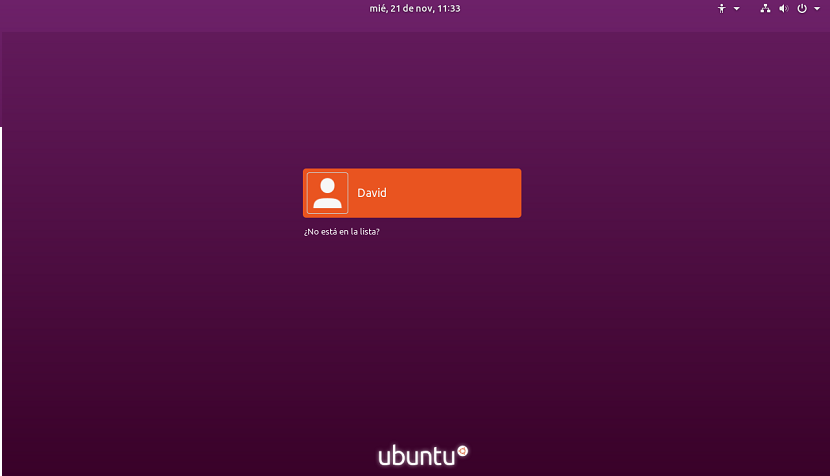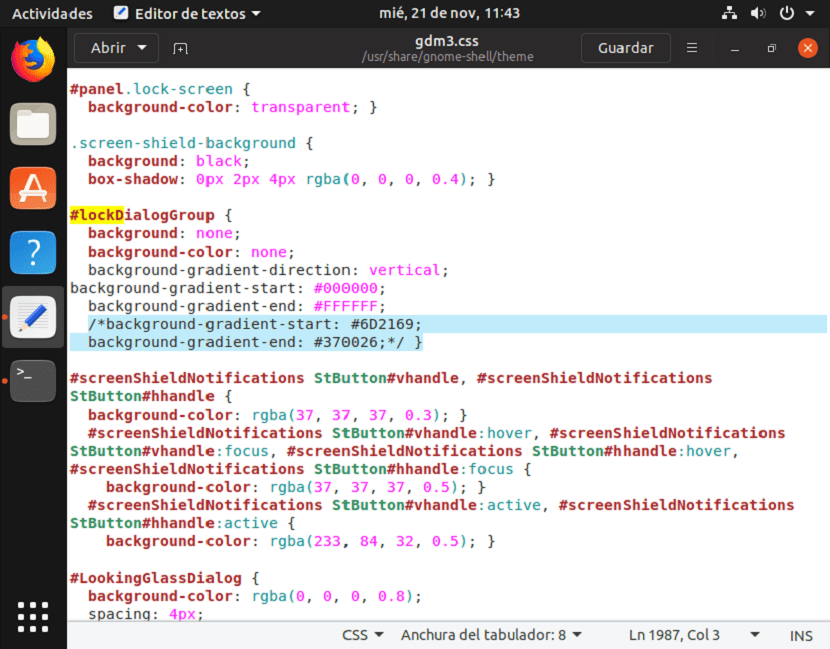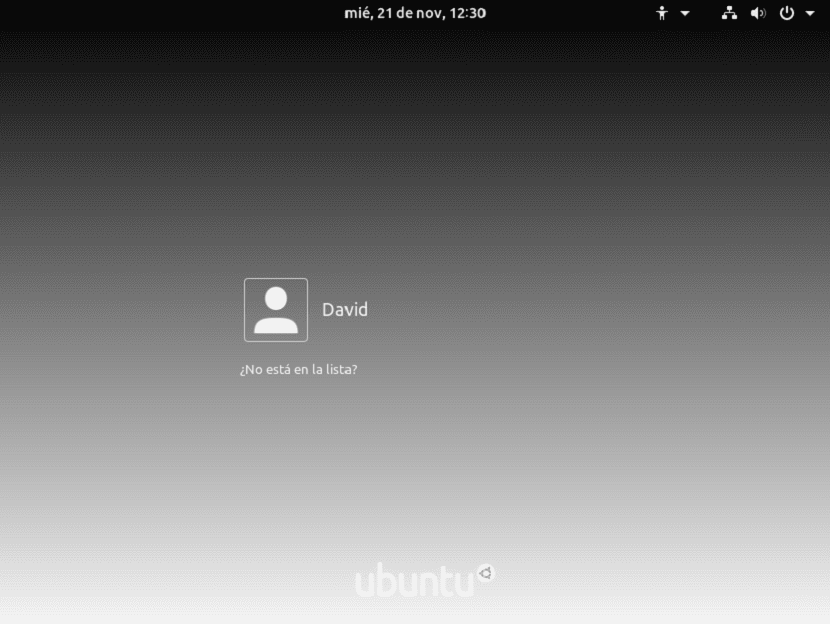
It is possible that many of you have noticed that, like all previous versions, the latest versions of Ubuntu like Ubuntu 17 and 18 too they come with a very simple login screen.
Whether you like it or not, you have to find this purple screen every time you log in or lock and unlock your system.
Although not all of us like this or just after a while it tends to get too boring.
So that, If you like to customize wallpapers, wallpapers and lock screens for something more attractive to look at, you can read this article.
Although changing backgrounds and lock screen is made very simple in the latest version of Ubuntu, changing the login screen is really a problem.
Even when you change the lock screen via the UI, the login screen keeps the purple face intact.
In this tutorial we will show you how to change the login and system lock screens.
All we need to do is edit the ubuntu.css file, who is responsible for controlling the layout of the login page, among other things.
To change your login screen, you must follow the steps that we share with you below.
The first thing we must do is modify the ubuntu.css file mentioned above. This file is located in / usr / share / gnome-shell / theme.
How to change the Ubuntu login screen?
Once the path and the file have been identified, now we are going to open a terminal in our system by pressing the Ctrl + Alt + T keys.
Once in the terminal, we can position ourselves on the path with the cd command or directly edit the file with the following command:
sudo gedit /usr/share/gnome-shell/theme/ubuntu.css
Note: For those who are Ubuntu 18.10 users, the file they must edit is gdm3.css
Remaining as follows:
sudo gedit /usr/share/gnome-shell/theme/gdm3.css
In my case I am doing this in Ubuntu 18.10, but in the file we must look for the line # lockDialog.
Esto We can do it with the search for gedit, to activate it we just have to type ctrl + F
In this way, they will be directed to the location where we want to make the necessary changes. This is the section of the file that we are going to edit: lockDialogGroup
For Ubuntu 17.x and Ubuntu 18.04 LTS users you can see that the noise-texture.png file specifies the default image that Ubuntu uses as the background for the lock and login screen.

As you can see in the following image In Ubuntu 18.10 the "background image" is basically generated by the CSS properties, while in the case of Ubuntu 17.x and Ubuntu 18.04 you can see that a png file is being indicated.
You should see something similar to the following:
#lockDialogGroup {
background: #2c001e url(resource:///org/gnome/shell/theme/noise-texture.png);
background-repeat: repeat;
}
Doing the final test.
As you can see in the following image in Ubuntu 18.10 the "background image" bIt is basically generated by the CSS properties, while in the case of Ubuntu 17.x and Ubuntu 18.04 you can see that a png file is being indicated:
For both cases, it is enough to replace everything contained by
#lockDialogGroup {
background: #2c001e url(file:///[fileLocation/filename.png]);
background-repeat: no-repeat;
background-size: cover;
background-position: center;
}
Where you just have to replace the part of [fileLocation / filename.png] with the location and file name of the image you want to use as the new background.

Already saved the css document they must restart their system for the changes to take effect.
In my case they could see in the image I simply defined the black and white colors in order to generate a gradient.
Here they can experiment with the file, they can find a way to generate images with css3 and see the results.
Or in the case that you want to place an image, it is recommended that this be a responsive image or large enough for the screen of your system.
Does it work for debian?